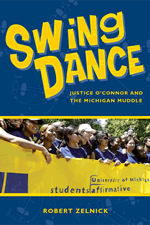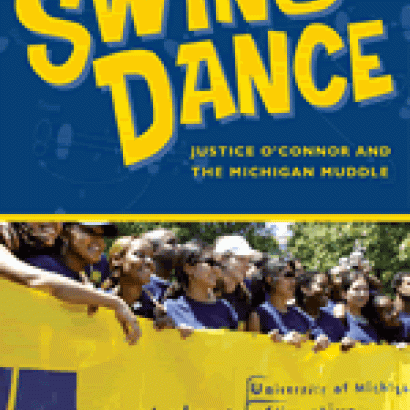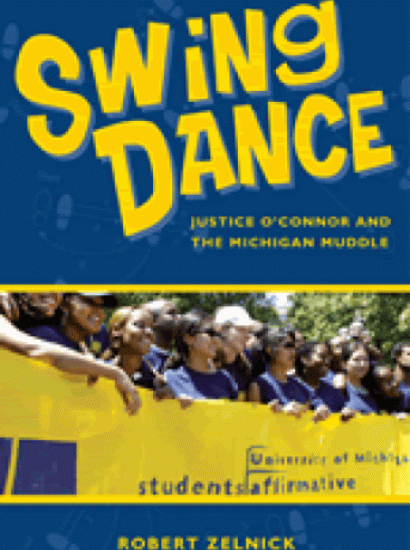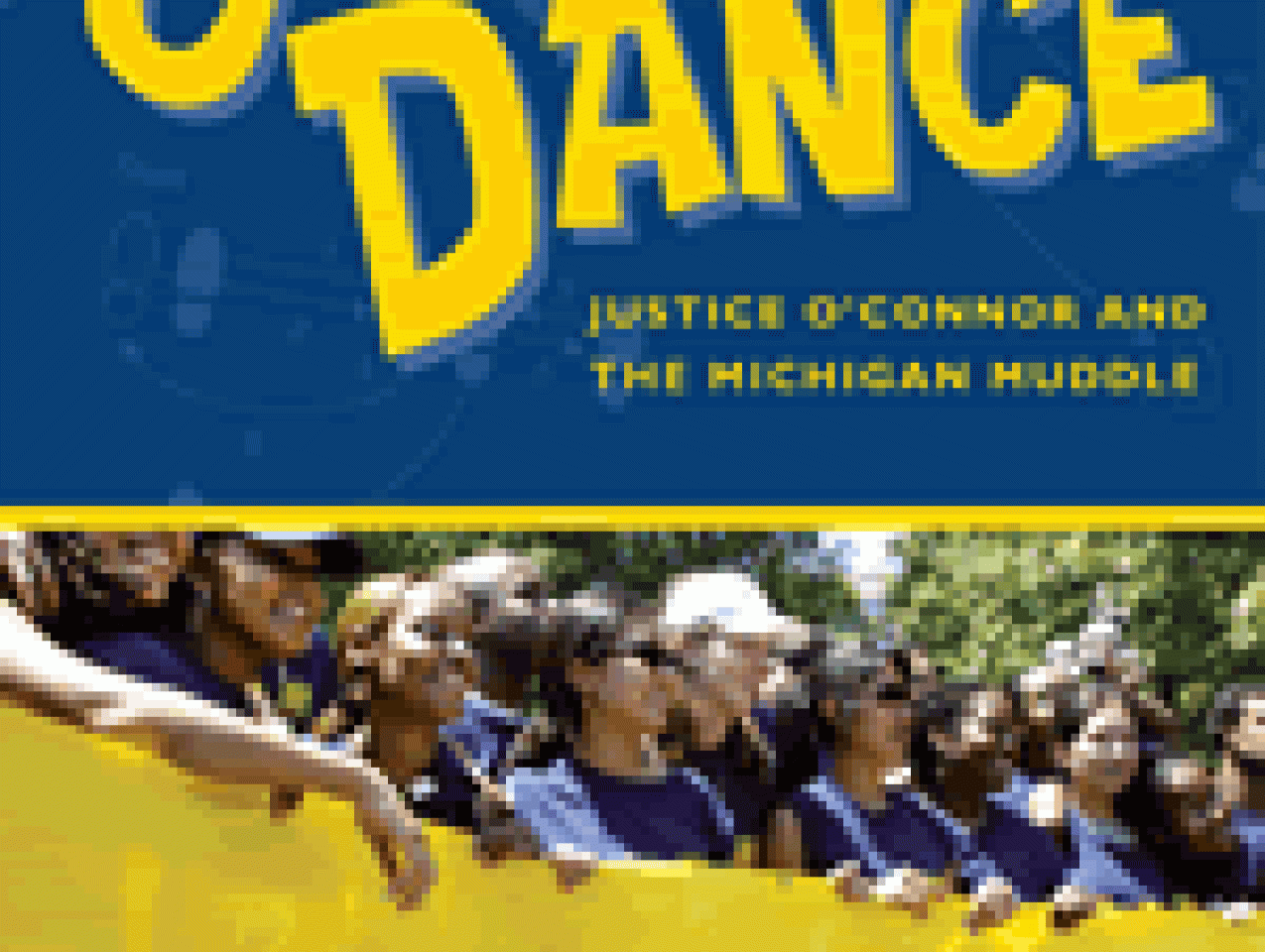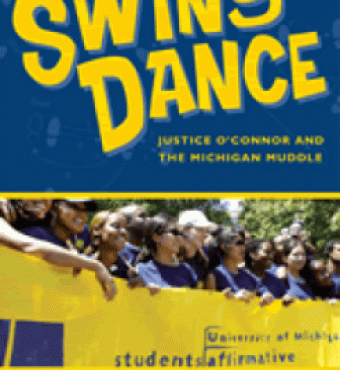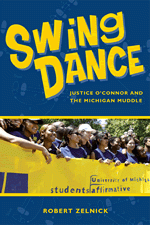- Law & Policy
- Civil Rights & Race
Ever since her 1981 nomination to the Supreme Court, Justice Sandra Day O'Connor has consistently provided the "swing vote" between a four-justice bloc of liberals and a four-justice bloc of conservatives. Rarely in the minority on any case, her position in 5–4 splits has usually prevailed.
Swing Dance looks at her key role in the 2003 controversial University of Michigan affirmative action cases, which spelled out a new approach to how race may be used in admissions. These contentious decisions preserved affirmative action but applied it less strictly, without assigning any numerical advantage, or extra points, to minority applicants, as Michigan had done in the past. Many now believe they will serve as a model for how other public universities can seek to create diverse campuses in a constitutionally permissible way.
With a journalist's eye for detail, author Robert Zelnick explores the backgrounds of the key figures in the case and examines significant past court rulings by both Justice O'Connor and others—providing an account of Justice O'Connor's subtle change in opinion on the abortion issue and how it foreshadowed her ultimate position on affirmative action. He also offers a blow-by-blow description of the daily argument in the Michigan cases, including detailed accounts of exchanges among the justices, the attorneys, and the witnesses. Zelnick concludes with a deft summation of the aftermath and repercussions of the case to date and explains how the University of Michigan adapted its admissions program to fit the specific requirements of the Court's ruling.
Copyright 2004.







